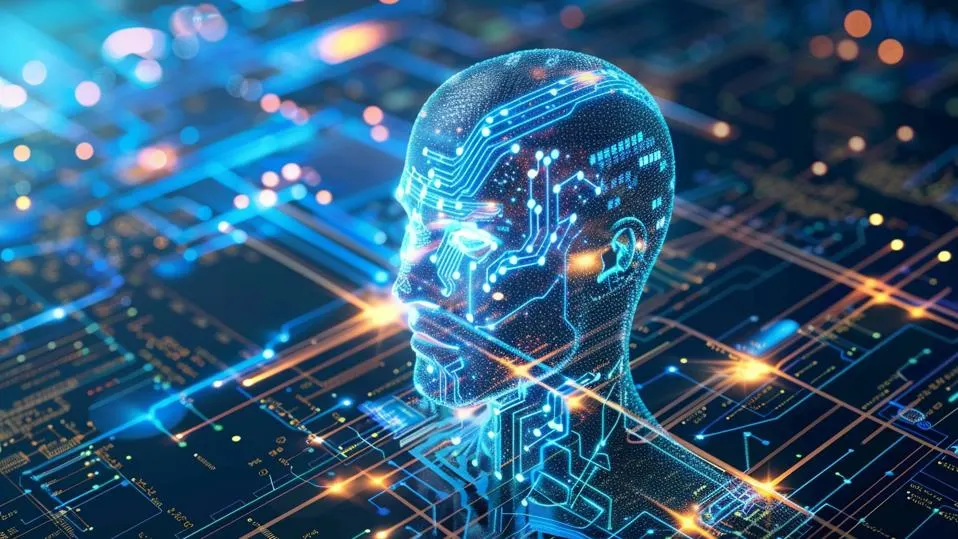In today’s fast-paced digital landscape, content is king, but time is the ultimate currency. From independent filmmakers and podcasters to marketing agencies and game developers, the pressure to produce high-quality material at an ever-increasing velocity is immense. This relentless demand often pushes creative teams to their limits, forcing compromises on artistic vision or extending project timelines significantly. However, a new wave of smart tools is emerging, acting not as a replacement for human ingenuity, but as powerful accelerators that fundamentally redefine the pace of production.
This isn’t about cutting corners; it’s about intelligent automation that streamlines laborious tasks, allowing creators to dedicate more energy to innovation and refinement. Consider the animation industry, where character rigging and motion capture cleanup can consume countless hours. AI-powered tools are now capable of automating significant portions of these processes, translating raw motion data into polished animations with unprecedented speed. Similarly, in graphic design, AI can quickly generate multiple layout variations, suggest color palettes, or even upscale low-resolution images, instantly providing designers with a rich array of starting points to iterate upon.
The impact extends deeply into the auditory realm as well. Sound design, often a meticulous and time-consuming process, is seeing revolutionary changes. Imagine a video editor needing a specific atmospheric background track, or a game developer requiring diverse sound effects for an expansive environment. Traditionally, this would involve hours of searching through libraries, licensing, or custom recording. Now, advanced AI sound generators can create bespoke audio elements on demand, tailored to specific parameters like mood, instrument, or genre. This is where the true efficiency kicks in: you can dramatically save time by using an AI music generator for initial scores, background tracks, or even thematic motifs, allowing composers and sound engineers to focus their expertise on intricate mixing, mastering, and the unique artistic flourishes that define a project’s sonic identity.
Furthermore, these tools facilitate rapid prototyping and iteration. A marketing team can quickly generate multiple versions of a video ad with different voiceovers and background music to A/B test with their audience, learning what resonates most effectively without significant production delays. Writers can leverage AI to generate brainstorming outlines or first drafts, providing a scaffold upon which to build their narratives.
Ultimately, the rise of these creative accelerators doesn’t diminish the role of the human artist. Instead, it elevates it. By offloading the repetitive, time-consuming aspects of content creation, smart tools empower individuals and teams to focus on the truly creative, high-value tasks: conceptualization, storytelling, emotional resonance, and pushing artistic boundaries. The future of creative production isn’t about working harder; it’s about working smarter, faster, and with an unprecedented degree of informed agility.
Keep an eye for more latest news & updates on Mix Moz!
